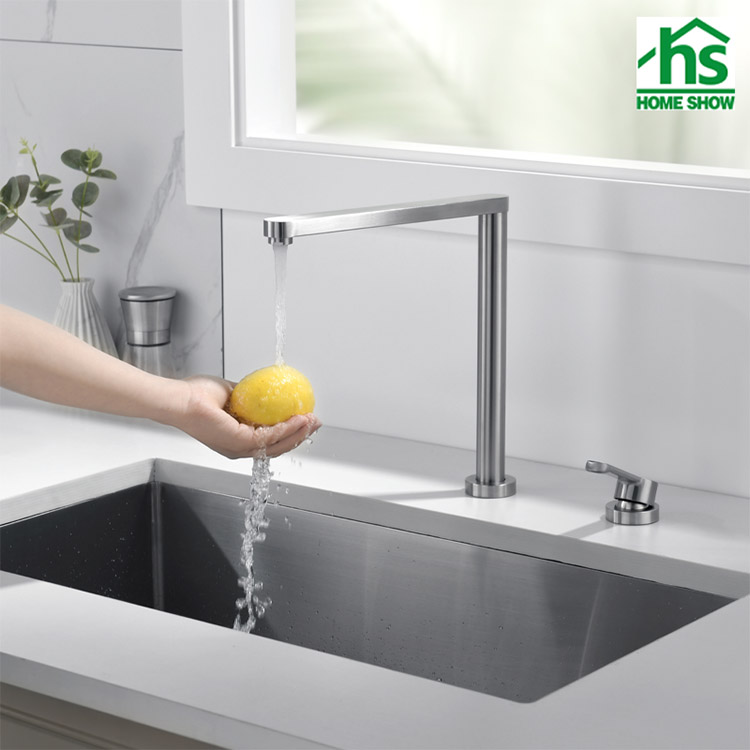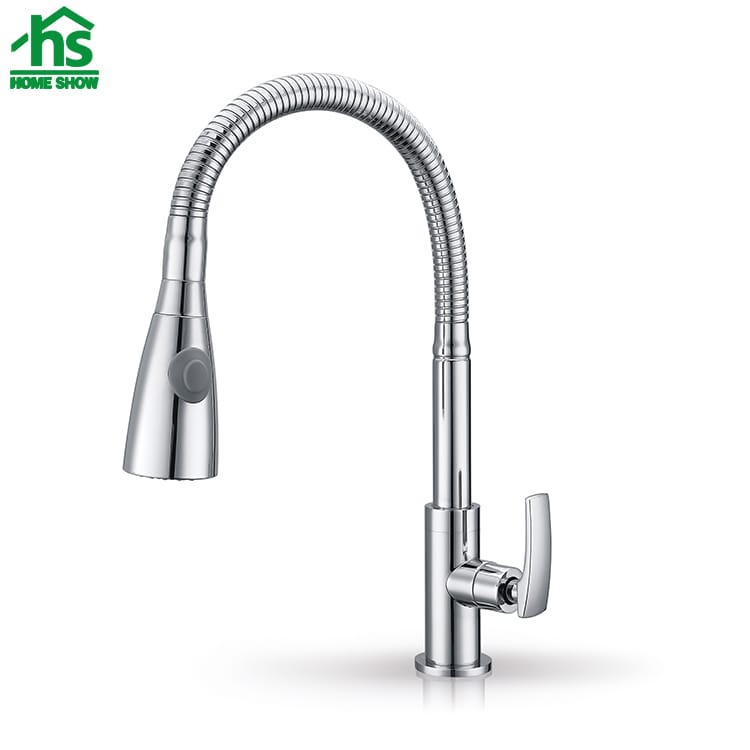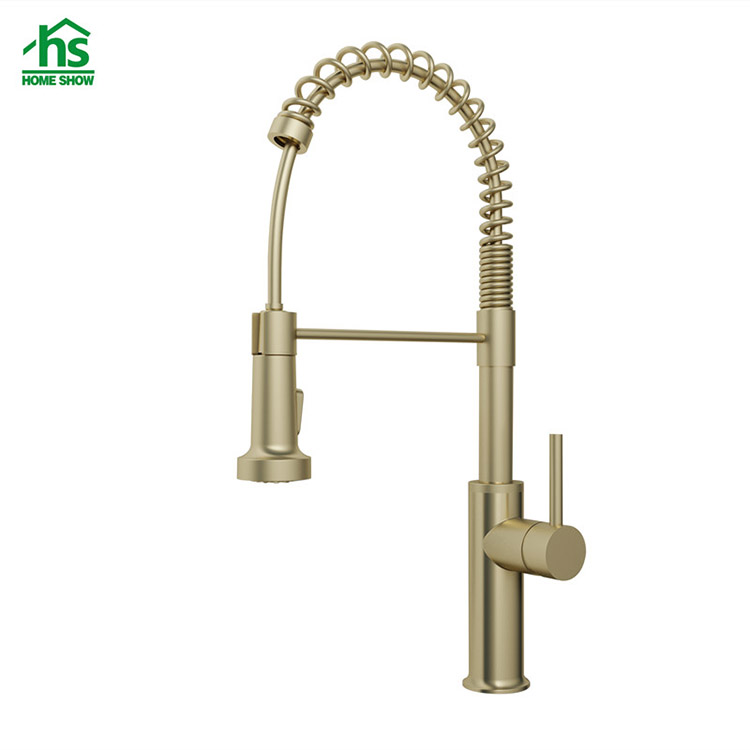 HOMESHOW
HOMESHOW  2024-10-22
2024-10-22
Should the faucet be brass or stainless steel? When we choose faucets, we are generally entangled in these two faucets, so which one is better?
Let's popularize a knowledge point first: what does the so-called brass of the faucet mean?
As long as the main valve body is made of copper, the faucet is called brass in the market. Brass means that the main body of the faucet contains more than 59% copper. Brass is a name, and copper alloy is the material type. confused. In fact, the brass faucet will also affect the final quality of the faucet due to the purity of copper, the quality of the supporting parts, and the workmanship. Consumers of good and bad copper quality cannot be directly distinguished. Relatively speaking, buying a brand with a good reputation is more secure. If the project needs it, you can use the product for spectral analysis and testing. Generally, the copper quality of the faucet on the market is 57-2 copper and 57-3 copper (there are also 54 copper for inferior quality points, etc., which are also made by many manufacturers). Most second-tier brands and first-tier brands will use 58-2 copper and 59-1 copper. .

According to the material, copper faucets can be divided into non-standard copper, national standard copper and other copper faucets. At present, some high-end faucets at home and abroad are made of brass. Brass faucets have the following two advantages:
Copper alloy is the most suitable material for the main body of the faucet. Because copper ions have a certain bactericidal effect, brass faucets can kill 99% of the bacteria in tap water, and can prevent the bacteria from producing antibodies (simply put: the inner wall of the copper faucet It will not breed bacteria), which is its unique high-quality condition that other materials cannot match.
Brass faucets have the characteristics of wear resistance and easy processing. Generally, high-end faucets are made of copper. Due to the high cost of raw materials, the price is also relatively expensive.
Brass in copper alloys is a combination of copper and zinc and also contains trace amounts of lead. Here, many friends may be puzzled, is it an alloy? And lead, not lead poisoning?
Because of this, after adding zinc and a small amount of lead, its mechanical properties, wear resistance and corrosion resistance are better, so it is more suitable for faucet production.
Brass is also divided into many types because of the copper content. Among them, H59 copper is used in most faucets at present. The copper content is about 57%-61%, and the lead content is less than 1.9%. The 24-hour salt spray test complies with the provisions of C/T1043-2007 "Lead Precipitation Limits from Faucets". Other contents also meet the national standards, and there is no direct harm to the human body, so everyone does not need to worry too much about it.

Stainless steel kitchen faucets may be more common in life, and many families use this type. Generally, it has the following two advantages:
Stainless steel kitchen faucets are lead-free, acid-resistant, alkali-resistant, not easy to corrode, and will not pollute tap water.
The hardness and toughness of stainless steel kitchen faucet are more than 2 times higher than copper, and the surface will never rust, never deform, and never corrode.
